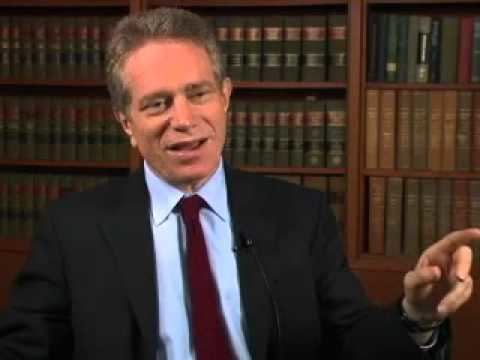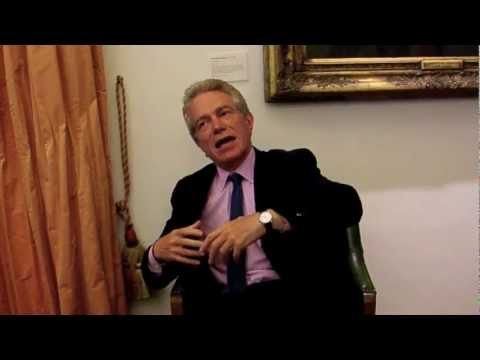Name David Freedberg | ||
 | ||
Awards Guggenheim Fellowship for Humanities, US & Canada People also search for Jan De Vries, Andrew C. Scott, David Pegler Books The Power of Images, The Eye of the Lynx, Titian and Rubens: Power - P, Iconoclasts and Their Motives, Dutch landscape prints of t | ||
Conference art and the new biology of mind david freedberg interviewed
David Freedberg (born 1948) is an American academic. He is Pierre Matisse Professor of the History of Art and Director of the Italian Academy for Advanced Studies in America at Columbia University, United States. He was Director of the Warburg Institute at the University of London from July 2015 to April 2017.
Contents
- Conference art and the new biology of mind david freedberg interviewed
- Lecture prof david freedberg on movement and morality
- Early years
- Career
- Selected publications
- References

Lecture prof david freedberg on movement and morality
Early years
Born in South Africa, David Freedberg was educated at South African College High School in Newlands, Cape Town (1961–65), the University of Cape Town (1966), completed a Bachelor of Arts at Yale (1966–69), and accomplished the D.Phil. degree in Balliol College, Oxford (1969–73).

He taught at the Courtauld Institute of Art before moving to Columbia in 1984. He has also been Slade Professor of Fine Art at Oxford (1983–4) and Andrew W. Mellon Professor at the National Gallery of Art (1996–8). He is a Fellow of the American Academy of Arts and Sciences, the American Philosophical Society, the Accademia Nazionale di Agricultura and the Istituto Veneto per le Scienze, Lettere e Arti.
Career

David Freedberg is best known for his work on psychological responses to art, and particularly for his studies on iconoclasm and censorship. He first investigated this topic in Iconoclasts and Their Motives, 1984, which was followed by the landmark book, The Power of Images: Studies in the History and Theory of Response, published by the University of Chicago Press in 1989 and in several subsequent editions in many languages.
Freedberg's more traditional art historical writing originally centered on the fields of Dutch and Flemish art. Within these fields he specialized in the history of Dutch printmaking (Dutch Landscape Prints of the Seventeenth Century, 1980), and in the paintings and drawings of Bruegel and Rubens (The Prints of Pieter Bruegel the Elder, 1989, and Rubens: The Life of Christ after the Passion, 1984).
Freedberg then turned his attention to seventeenth-century Roman art and to the paintings of Nicolas Poussin. Following a series of important discoveries in Windsor Castle, the Institut de France and the archives of the Accademia dei Lincei in Rome of drawings made under the auspices of Galileo's closest friends and collaborators, he began working on the intersection of art and science in the circle of the first modern scientific academy, the Accademia dei Lincei. While much of his work in this area has been published in articles and catalogues, his chief publication in this field is The Eye of the Lynx: Galileo, His Friends, and the Beginnings of Modern Natural History (2002).
During the late 1980s and 1990s Freedberg was involved in several exhibitions of contemporary art, and coauthored The Play of the Unmentionable (1992) with Joseph Kosuth. It was at this time that he also began working on the subject of dance, and in particular on his long-term project on the dance and architecture of the Pueblo peoples.
From the mid-1980s on, Freedberg began speaking and writing about the importance of the new cognitive neurosciences for the understanding of responses to art and images. He is now devoting a substantial portion of his attention to collaborations with neuroscientists working in fields of movement, embodiment, and emotion.
Freedberg is also president of The Friends of Liberty Hall, a non-profit organization dedicated to the restoration of Liberty Hall in Machiasport, Maine, which overlooks the site of the first sea battle of the American Revolution (www.libertyhallmaine.org).
Much of Freedberg's time is now taken up by his directorship of the Italian Academy for Advanced Studies in America and his commitment to fostering interdisciplinary work across the humanities and the sciences. At the Academy he established its pioneering Humanities and Neurosciences Project in 2001. The initial aim was to bring humanists and neuroscientists together to assess the possibilities for the humanities and social sciences of new understandings of the neural substrate of responses to art and to images. This was followed by a series of bi-annual conferences on neuroscientific issues of topical interest (for example those on Vision, Attention and Emotion in 2008, Neurotechniques in 2010, Music and Neuroscience in 2011, and the Default Mode Network in 2014).
Throughout Freedberg has sought to achieve a balanced assessment of new understandings of the neural substrate of responses to humans and their representations. In encouraging such work, he has set out to minimize scepticism and allay fears that the practices and procedures of contemporary neurobiological investigations threaten the contextual approaches of the humanities and social sciences. The overall aim of the programs at the Italian Academy has been to foster the mutual understanding of new techniques and leading paradigms in the sciences and the humanities, and to achieve new epistemological frameworks for the disciplines.
Selected publications
Freedberg also serves on the boards of several academic and professional journals, including Print Quarterly (London), Res (New York), Revue de l'Art, Nuncius (Florence), the Journal of Neuroesthetics (London), Arts and Neurosciences (Paris), Imagines (Rome), etc.
